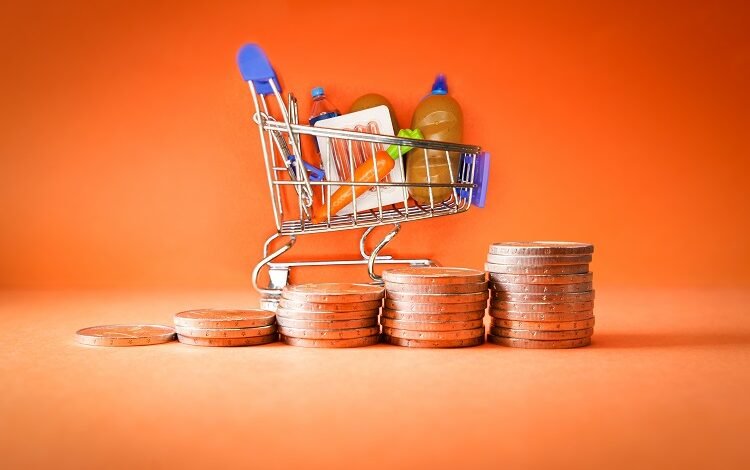Will new ‘shrinkflation’ labelling in France truly boost transparency?

Food and drink ‘shrinkflation’ is on the rise. While the practice of reducing the size of products – without reducing the price – is not new, it is ramping up amid rising production costs.
In the absence of shrinkflation labelling, it’s not obvious to consumers they’re paying the same price (or sometimes even more) for less product. In an effort to boost transparency, France is taking action.
From 1 July 2024, French retailers will be forced to alert shoppers when shrinkflation has taken place. Will it work?
How will consumers be alerted to ‘shrinkflation’ in-store?
According to the decree, French retailers will be required to signal to consumers when a food or other common consumer good product has been struck by shrinkflation. The imposed display period, per product, is two months.
“The practice of shrinkflation is a scam!” said France’s Minister of the Economy, Finance and Recovery, Bruno Le Maire last month. “We are putting an end to it. I want to restore consumer confidence. And with trust comes transparency.
“From July 1, it will be mandatory to indicate when a food product changes size. The indication must in particular specify the evolution of the price in relation to weight, so that the consumer knows the true evolution of the price.”
How will retailers signal ‘shrinkflation’ to consumers?
The following statement must be indicated: “For this product, the quantity sold increased from X to Y and its price in (the unit of measurement concerned) increase by …% or …€”.
Products implicated include both packaged food and non-food products, such as soft drink, packets of rice, or detergent. Both brands and private label products that reduce in quantity – while prices remain the same or increase – fall under the new decree.
Foodstuffs sold in bulk will not be affected, nor will foodstuffs that may vary during preparation – such as those sold in the deli section.
Which food products are shrinking before our eyes?
Which food and drink products have shrunk in size, but not price? A well-publicised list has done the rounds, including by BFM TV.
The French news broadcast television and radio network claims it obtained the list which includes products by well-known brands Lay’s, Doritos, Magnum, Carte D’Or, and Findus.
The confectionery category is also falling victim, as record-breaking cocoa prices plague the industry. “As a food producer, we are continuing to experience significantly higher input costs across our supply chain, with ingredients such as cocoa and sugar, which are widely used in our products, costing far more than they have done previously,” a spokesperson for Mondelēz International recently told FoodNavigator. “Meanwhile, other costs like energy, packaging, and transport also remain high. This means that our products continue to be much more expensive to make and while we have absorbed these costs where possible, we still face considerable challenges.”
For Mars Wrigley, the decision to reduce the size of its products was not taken lightly, a company spokesperson told us, adding: “But we’re confident that our chocolate brands still offer our customers and consumers the best possible value for money without compromising on quality or taste.”
Does the ‘shrinkflation’ decree go too far, or not far enough?
The shrinkflation decree has proved controversial, for many reasons. Some contend the law goes too far. Trade group ANIA (Association Nationale des Industries Alimentaires), which represents members of France’s food industry, takes issue with shrinkflation being described a ‘scam’.
“There is no scam on these products,” ANIA head Jean-Philipp André told French radio network RTL. “To say there is a scam is very hypocritical. Retailers have accepted these products [as they are].”
André has also hit back at the ‘shrinkflation list’, featuring 41 food products implicated. “You have 20,000 food references in a supermarket, we’re talking about 0.2%.”
Others are concerned the decree does not go far enough. French consumer group UFC-Que Choisir has questioned whether such signposting will truly bring more transparency to consumers.
One of the group’s main concerns lies in its execution. President Marie-Amandine Stévenin would prefer the signposting be on-pack in the form of a shrinkflation label. The information will only be communicated by distributors (large and medium-sized retailers) through displays, she explained. “It would have been logical to require manufacturers to clearly indicate on packaging a downward change in the quantity of a product.”
That the displays are limited to physical stores, rather than in-store and online, is another flaw, according to Stévenin.
“While hoping that these limits can be corrected by regulation, I can only invite consumers to rely less than ever on the price of products alone, but to carefully compare developments and price differences based on unit prices (per litre or per kilo).”




